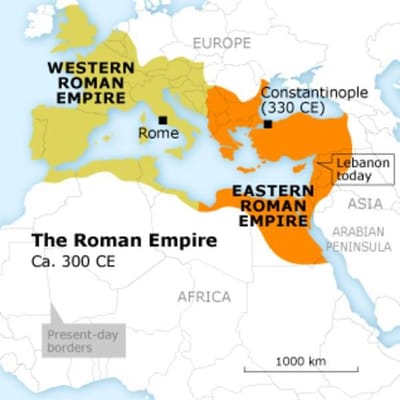Influence of Other Cultures

Greek medicine was brought to Rome very early on. Many Greek doctors came willingly, setting up homes and integrating into roman culture. Usually, this was because of strife in their homeland, or the prospect of a new life in Rome. The first show of evidence that the Greeks influenced Roman medicine dates back to 431BC when a temple was constructed to honour the Greek god Apollo. This temple was built in response to a plague that ran through Rome.
The first known Greek doctor to arrive in Rome seeking trade was Archelaus of Sparta. He was a specialist in battlefield medicine and provided valuable insight into Greek knowledge on this subject. Not all Romans agreed with allowing Greek doctors to share their skills. Pliny the Elder, a well-known philosopher and writer at the time, proclaimed that these doctors charged too much, and that they were not any better than Roman doctors. However, Greek doctors became more popular anyway, and more and more Greek doctors arrived to meet the growing demand. Later on, the library of Alexandria in Egypt would become a hub of knowledge from across the Mediterranean, and so their knowledge included Egyptian treatments and tools, as well as many other cultures.
When the Roman Empire split into two empires, Western and Eastern, medicine became more centred around the Eastern Empire. The Western Empire’s high standards of medicine and public health slowly declined, and often doctors would harm their patients rather than help them. The Eastern Empire, on the other hand, continued to gather and develop knowledge, and this became the base of Islamic medicine.



